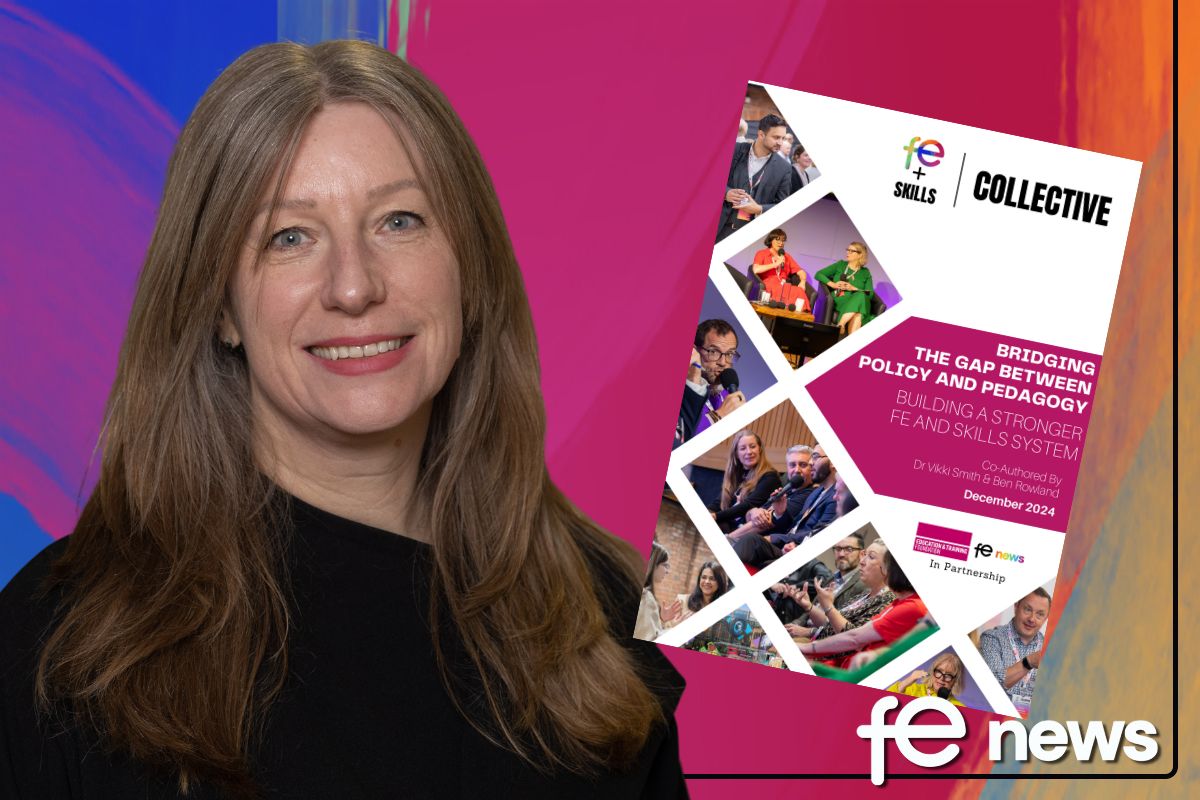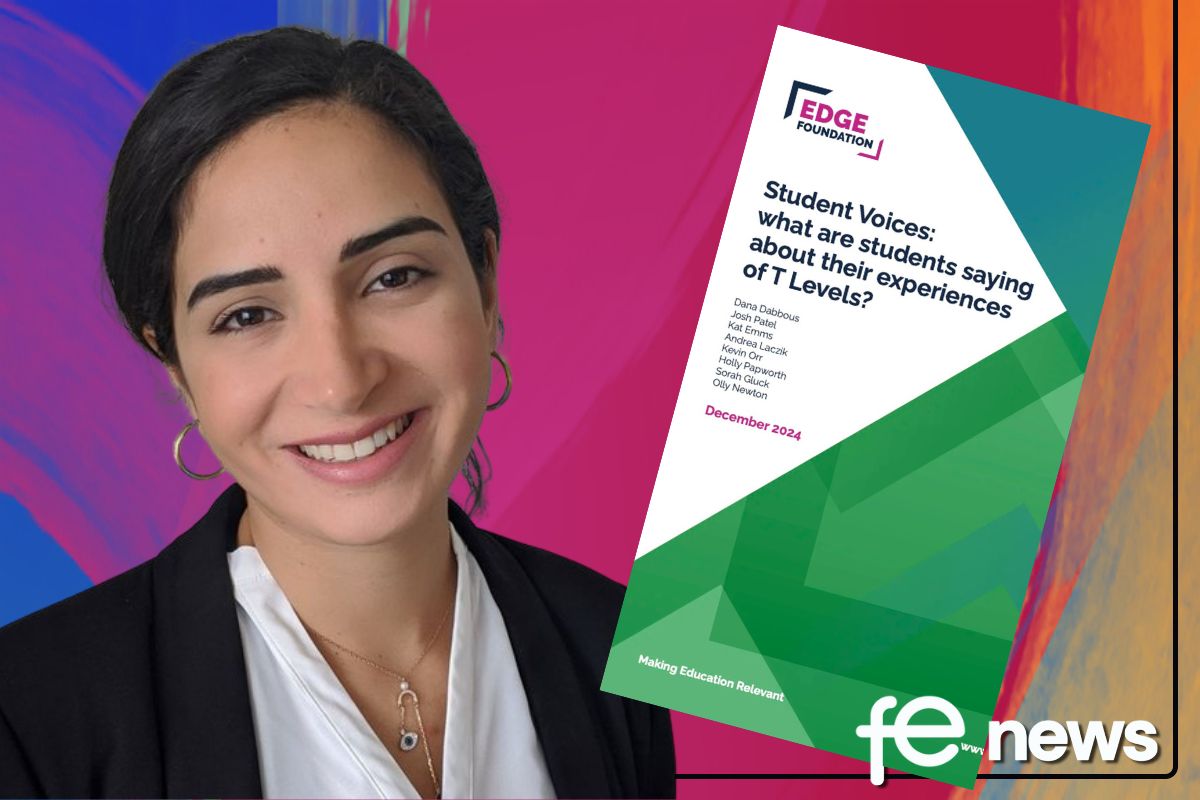Elevating the higher education digital experience through student-centred design

It’s been a rocky 18 months for higher education as it has grappled with the effects of the Covid-19 pandemic. Our universities may count among some of the best in the world in terms of subject matter expertise, but when it comes to delivering a quality student experience digitally, we’ve seen a very mixed picture across the higher education sector.
When the pandemic hit, universities found it difficult to respond to the changing reality quickly. With few skilled digital staff, a top down structure in place and mangled messaging – it wasn’t long before student satisfaction started to falter, with some starting to question whether degrees are really all that valuable after all.
On the cusp of a new year of study, we’ve reached a crossroads in how the student experience is delivered – and I believe there is a golden opportunity for transformation in the education sector. What can we learn from how universities have responded to worldwide change so far, and how can that feed into decision making? What does the future look like for higher education – and how can AI and human-centred design help universities to transform learning?
Why does HE lag behind in digital?
Clearly universities do use tech, and use it well in certain circumstances – but by and large this doesn’t extend to the student experience. Organisational and cultural barriers endure and lead to them operating in silos. As institutions, universities find cross-collaboration difficult and as a result they struggle to create good experiences for their students. They fail to acknowledge the connections and interdependencies between different aspects of student activity, and this leads to a disjointed and disappointing offer.
There are also issues around a lack of acknowledgement of the value of professional services and where this knowledge sits next to academia, leading to the worst kinds of organisational behaviours. Even for students themselves, digital hasn’t been a measure by which they have benchmarked their university experience – until now. The questions asked haven’t been sufficiently deep for us to understand the barriers students face, and often the connection between digital exclusion and inclusive design is completely missed.
Using digital to its full potential
All institutions have struggled to cope with the sudden demand the pandemic placed on them, and have responded incredibly to the unprecedented situation. However, the ones which have fared better have tended to be those which already had established distance learning programmes and active learning spaces and were more familiar with learning online and dealing with students at a distance. These universities had already made the subtle switch to thinking towards seeing the student journey as an end-to-end experience rather than being stuck in siloes.
Digital is more than just a vehicle through which to replicate the curriculum online; it’s the means by which universities can really focus on the student experience and the best ways to communicate learning. Universities like Coventry, which have recognised the direction of travel and have asked themselves – how do we take this opportunity and make our curriculum fit for the future? – are already succeeding in harnessing the potential of digital to the benefit of their students.
As our attention turns to living with Covid, universities are having to accept that digital will now be a vital part of delivering the curriculum and student experience online. While there is still much uncertainty, we can say for sure that things will not return to how they were pre-pandemic and expectations have changed. The importance of the physical experience must be balanced with the reality of a post-pandemic world – and the winners will be those who invest in a blended approach which recognises the value of student-centred design in digital alongside traditional thinking about learning.
The future of learning
There is a big role for human-centred design in all of this – it’s far more than just the preserve of corporate websites, intranets and apps. A simple change of mindset is required to unlock the many ways that the discipline can help universities. User research can help improve the quality of learning experiences, including interface design and teaching, while content strategy can guide how teaching content is planned, managed and created, and content design helps improve the structure of information.
It’s about understanding the language students use, how they think, act and behave – and creating content and an experience to support their behaviour model. If we start to look further into the future of learning, there are lots of exciting ways in which we can improve the student experience through new tech like AI – using it to provide the equivalent of one-to-one tuition for example, working with content designers to organise and structure the material. We can also draw on lessons from the medical field, which deployed an AI learning application to teach clinicians how to treat Covid patients at speed during the pandemic. The clinicians completed the training quicker and were proven to have better knowledge retention.
Whilst this period has undoubtedly been turbulent and disruptive, there are so many opportunities for UK universities to improve the quality of experience for students if they maximise their use of digital to design and tailor learning. Thinking about the bigger picture beyond the UK, there are many students who can’t afford to come and study here but could benefit from studying a degree online. When you think about the impact that this could have – helping to reskill and educate populations the world over – there’s no excuse for not getting to grips with digital.
Mark Picken, Managing Director of Content Design London











Responses